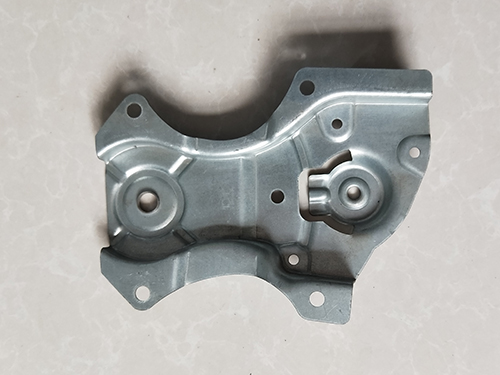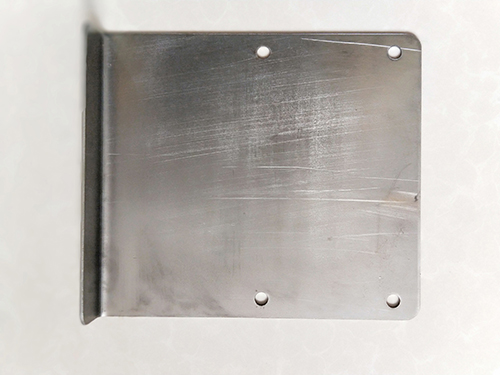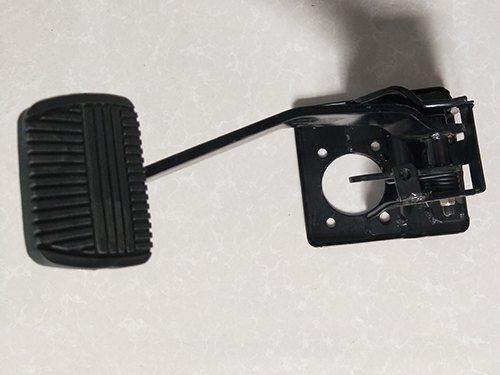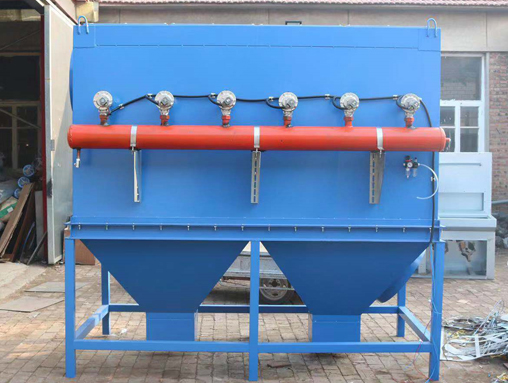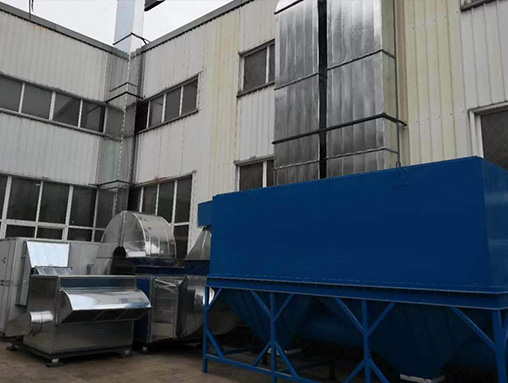Selection techniques for stamping materials
Stamping processing includes processes such as punching, bending, deep drawing, forming, and finishing. The materials used for stamping processing are mainly hot-rolled or cold-rolled (mainly cold-rolled) metal sheet and strip materials, such as carbon steel plate, galvanized plate, tin plated plate, copper and copper alloy plate, aluminum and aluminum alloy plate, etc.
Due to the convenience of operating the spring-loaded unloading mold compared to a fixed unloading mold, the operator can see the feeding action of the strip in the mold, and the spring-loaded unloading plate applies a flexible force to the strip during unloading, which will not damage the surface of the workpiece. Therefore, in practical design, the spring-loaded unloading plate is preferred, and only when the unloading force of the spring-loaded unloading plate is insufficient, a fixed unloading plate is used instead. Whether to use a spring-loaded discharge plate or a fixed discharge plate for stamping parts depends on the magnitude of the discharge force, with material thickness being the main consideration factor.
The hardness testing of stamping materials is mainly aimed at determining whether the annealing degree of the purchased metal sheet is suitable for the subsequent stamping processing. Different types of stamping processing techniques require sheets of different hardness levels. Aluminum alloy plates used for stamping parts processing can be tested using a Vickers hardness tester. When the material thickness is greater than 13mm, a Babbitt hardness tester can be used instead. Pure aluminum plates or low hardness aluminum alloy plates should use a Babbitt hardness tester.
